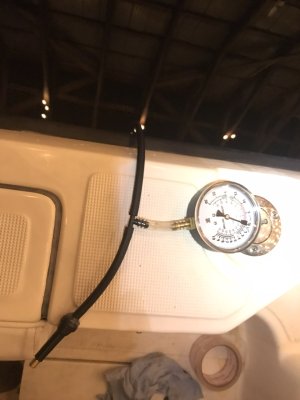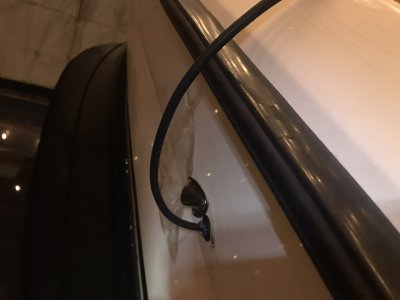Unreel
Well-Known Member
Well it looks like my built in tank in my 2470 has a leak, so will be looking to have it pulled and replaced. Anyone around Nanaimo or the central island that builds aluminum tanks and or does installs? Luckily theres a removable hatch over the tank but the great pursuit engineers decided to make it not quite long enough to pull the tank so have to either cut part of the deck or cut up the tank to remove it.




